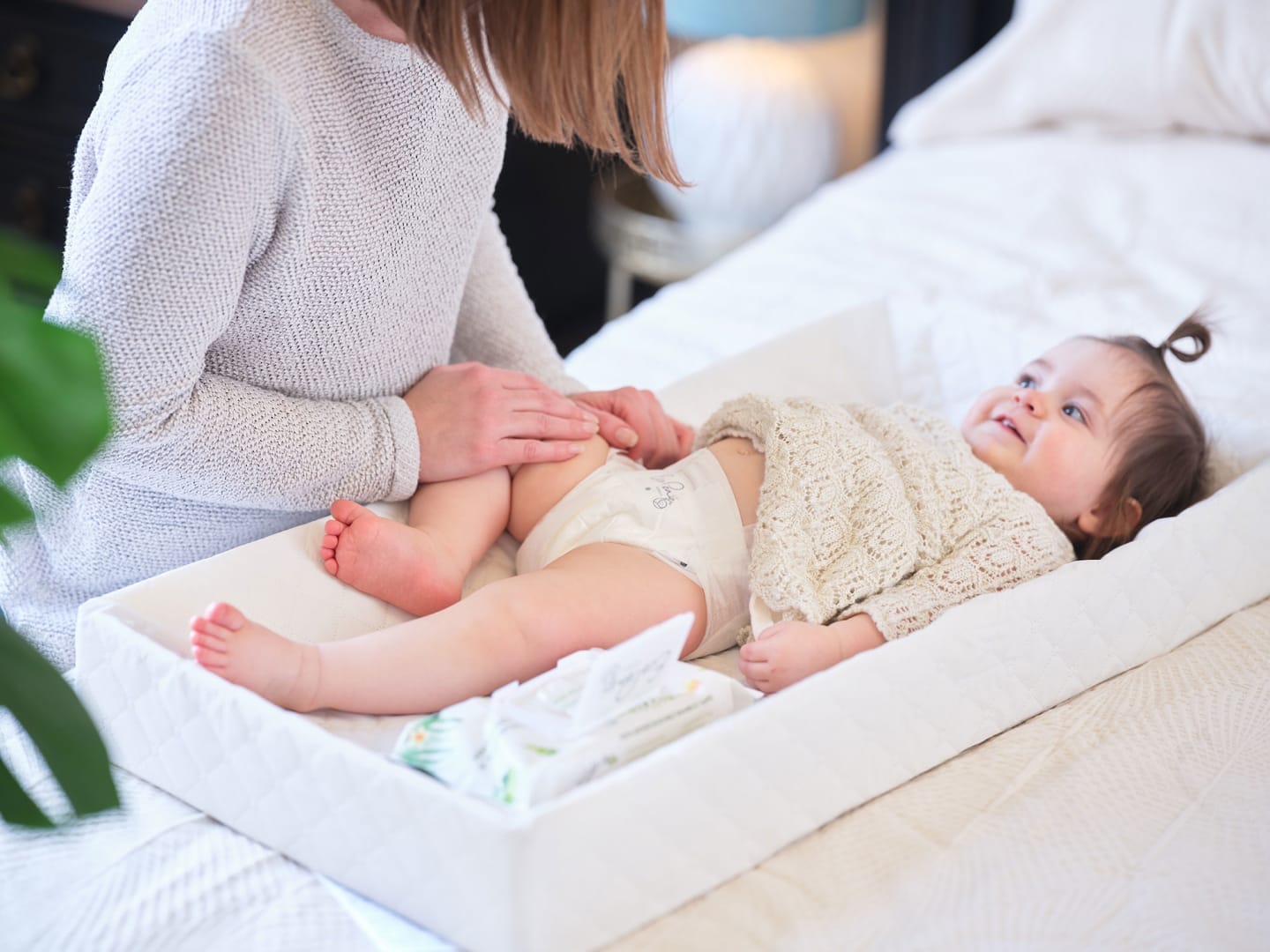Toy libraries are genius and we need more of them

They help kids play while reducing mama's clutter.
Our kids love them, but when you become a mama you quickly realize that toys are…well, kind of the enemy. Think about it: They can be expensive. They clutter your home. They have relatively short life spans. They hurt when you step on them (talking to you, Lego on the floor!)
But the fact remains: Our children want—and, to some extent, need—toys.
That’s why we’re so intrigued by the concept of toy libraries. They’re more common in other countries, but more and more are popping up across the United States and the benefits of them are pretty compelling in the age of minimalism.
A toy library is exactly what it sounds like: A place where children can borrow toys, much like one would with books at a traditional library (sometimes they are even housed within a traditional public library). The cost-saving benefit here is pretty obvious—and minimalist mamas will love having fewer toys cluttering their homes, not to mention the sustainability of this option.
data-instgrm-captioned data-instgrm-version=”4″ style=” background:#FFF; border:0;
border-radius:3px; box-shadow:0 0 1px 0 rgba(0,0,0,0.5),0 1px 10px 0 rgba(0,0,0,0.15);
margin: 1px; max-width:658px; padding:0; width:99.375%; width:-webkit-calc(100% – 2px);
width:calc(100% – 2px);”>
And then there are the developmental benefits: A 2011 study suggests that toy libraries can help children develop more positive relationships with toys—and by playing with borrowed goods, kids are more inspired to be more creative in their play. The setup benefits parents as well: We all know trips to the toy store can be stressful, but toy libraries often provide free spaces with few restrictions for children.
Toy libraries actually have a rich history. According to The Atlantic, toy libraries (or “toyeries”) can be traced back to the 1920s. While historically there’s been an emphasis on how toy libraries can support low-income families and neighborhoods, we see how they can benefit all families: They can help us embrace more sustainable lifestyles by decreasing consumption, encourage our kids to play with others, and put the focus back on play.
Play is necessary. It allows children to learn, to exercise their bodies and minds, and to interact with the world around them in new ways. The American Academy of Pediatrics stressed this in a recent report. Allowing kids to check something out of a toy library may even encourage them to step away from screens (which, not surprisingly, are pulling children away from beneficial playtime more and more).
The thing about toy libraries that’s so interesting? While the concept itself is so old-school, we could totally see this becoming the future of child’s play…and we’re very much on board with that. Time will tell if toy libraries will really take off in the United States, but we see so much potential here. What do you think, mama?


































